There’s no doubt that water is an amazing life source!
It is the fountain of youth, health improving, great for digestion, curbs cravings, improves mood, promotes healthy weight loss, improves metabolism, relieves headaches and stress – it is basically a pure life giving gift that mother nature has for us. And it’s free. Actually it’s neither pure or free – that’s why I’m totally against bottled water!
1. Bottled water is big business.
Companies are quick to jump on board with what people want. They have whole departments, marketing strategists and advertising agencies to tell you what you want. And you are now made to believe you want bottled water. It’s just good business for them – NOT for you.
2. A bottle of water is $2!
Asses the product yourself and do the math. Bottled water is usually tap water that’s filtered, packaged in toxic plastic, shipped across the continent so you can pay $2 for… what? A bottle of water drives a false economy – it strips people of their hard earned money, only to get something so simple they can get in their own tap*.
3. Is bottled water even healthier?
From production to store shelves to your hands. That water’s been seeping in toxic chemicals from day one.
We’re talking arsenic, cancer-causing synthetic compounds, bacteria, microbial contaminations, fluoride, industrial chemicals, nitrates and so much more (reference and more details on these studies at the very bottom of this post).
I’ve heard advice to make sure people buy cold water from the fridge as the plastic bottle chemicals react to heat more and that way you’re safer. Do you know where this water’s been before a store clerk placed it in the fridge? It can sit for weeks in containers before it’s cleared in customs, shipped in trucks and ocean freight ships. Where it’s blasted with the sun’s rays for days on end.
All that production and shipping also causes great pollution to our air and overall environment. Bottom line it’s not healthier at all. (than tap water*)
*please check with your city’s tap water regulations to ensure safety and the solution for the best water isn’t tap water also – see point #5
4. Takes 4.5 minutes to drink, 450 years to break down in the earth!
It’s the worst piece of garbage on the planet! On our beautiful only-one planet we have! Did you know it takes 450 years for a plastic water bottle to break down in the environment? And while it’s doing that, slowly all the toxic chemicals in the plastic leeching into our environment polluting our fresh water and earth.
Oh, but you recycle. My apologies, but are you not aware of the toxic storm and wasted electricity created from cleaning and melting all that plastic and to finally recreate more of the same problem. It all goes right back to the air we breathe and pollute our planet, animals and people.
5. So what water should I drink?
SOLUTIONS FOR THE BEST DRINKING WATER:
Water is extremely important to your health and wellbeing so you should never panic and forgo the clean refreshing glass of H20.
There are a few quality alternatives to a bottled water bottle. Buy a stainless steel thermos or use a glass reusable bottle and refill with these two healthy water options!
#1. RO System aka The Reverse Osmosis System, water filtering system is the best option to have attached by your kitchen faucet. It’s a long-term investment to your family’s health.
#2. Only if option #1 is not available, although highly encouraged, you’re better off boiling tap water, letting it cool down and fill up your reusable non-plastic water bottle and away you go. Boiling will kill off the bacteria that could linger in tap water, although it still won’t remove the flouride or other contaminants that could be in your water. But with the list below, neither does bottled water. Which is why the RO System is the best.
When we did our kitchen renovation and our RO System was down, we boiled water when going to bed and it by morning it was nice and cool to drink throughout the day. We poured it into a nice water jug and it lasted for a few hours.
Here are some awesome infographics that creatively tell you why you should also be against bottled water!
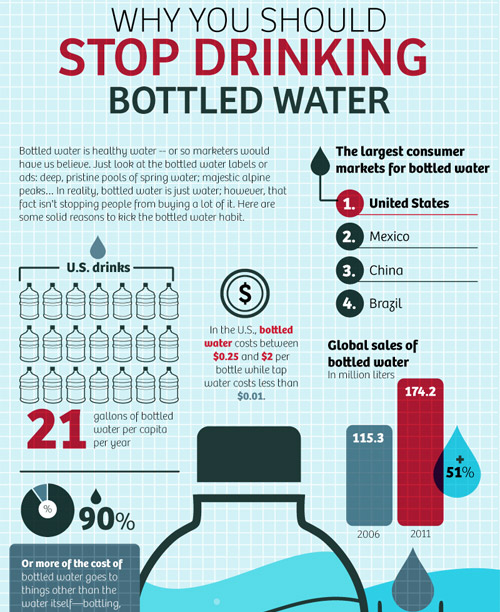
Click the ‘leave a comment’ area to view full post.
Testing of bottled water from NRDC: Bottled Water, Pure Drink or Pure Hype?
- Nearly one in four of the waters tested (23 of the 103 waters, or 22 percent) violated strict applicable state (California) limits for bottled water in at least one sample, most commonly for arsenic or certain cancer-causing man-made (“synthetic”) organic compounds. Another three waters sold outside of California (3 percent of the national total) violated industry-recommended standards for synthetic organic compounds in at least one sample, but unlike in California, those industry standards were not enforceable in the states (Florida and Texas) in which they were sold.
- Nearly one in five tested waters (18 of the 103, or 17 percent) contained, in at least one sample, more bacteria than allowed under microbiological-purity “guidelines” (unenforceable sanitation guidelines based on heterotrophic plate count [HPC] bacteria levels in the water) adopted by some states, the industry, and the EU. The U.S. bottled water industry uses HPC guidelines, and there are European HPC standards applicable overseas to certain bottled waters, but there are no U.S. standards in light of strong bottler opposition to making such limits legally binding.
- In sum, approximately one third of the tested waters (34 of 103 waters, or 33 percent) violated an enforceable state standard or exceeded microbiological-purity guidelines, or both, in at least one sample. We were unable to test for many microbial contaminants, such as Cryptosporidium, because the logistics and cost of testing for them post-bottling were beyond our means.
- Four waters (4 percent) violated the generally weak federal bottled water standards (two for excessive fluoride and two for excessive coliform bacteria; neither of the two latter waters were found to be contaminated with coliform bacteria in our testing of a different lot of the same brand).
- About one fifth of the waters contained synthetic organic chemicals — such as industrial chemicals (e.g., toluene or xylene) or chemicals used in manufacturing plastic (e.g., phthalate, adipate, or styrene) — in at least one sample, but generally at levels below state and federal standards. One sample contained phthalate — a carcinogen that leaches from plastic — at a level twice the tap water standard, but there is no bottled water standard for this chemical; two other samples from different batches of this same water contained no detectable phthalate.
- In addition, many waters contained arsenic, nitrates, or other inorganic contaminants at levels below current standards. While in most cases the levels found were not surprising, in eight cases arsenic was found in at least one test at a level of potential health concern.
- For purposes of comparison, we note that EPA recently reported that in 1996 about 1 in 10 community tap water systems (serving about one seventh of the U.S. population) violated EPA’s tap water treatment or contaminant standards, and 28 percent of tap water systems violated significant water-monitoring or reporting requirements. In addition, the tap water of more than 32 million Americans (and perhaps more) exceeds 2 parts per billion (ppb) arsenic (the California Proposition 65 warning level, applicable to bottled water, is 5 ppb); and 80 to 100 million Americans drink tap water that contains very significant trihalomethane levels (over 40 ppb). Thus, while much tap water is supplied by systems that have violated EPA standards or that serve water containing substantial levels of risky contaminants, apparently the majority of the country’s tap water passes EPA standards. Therefore, while much tap water is indeed risky, having compared available data we conclude that there is no assurance that bottled water is any safer than tap water.
So please do share: What are your solutions for healthy drinking water?
And please help me spread word about this information by clicking the social media icons above and sharing this info with your friends. Thanks!
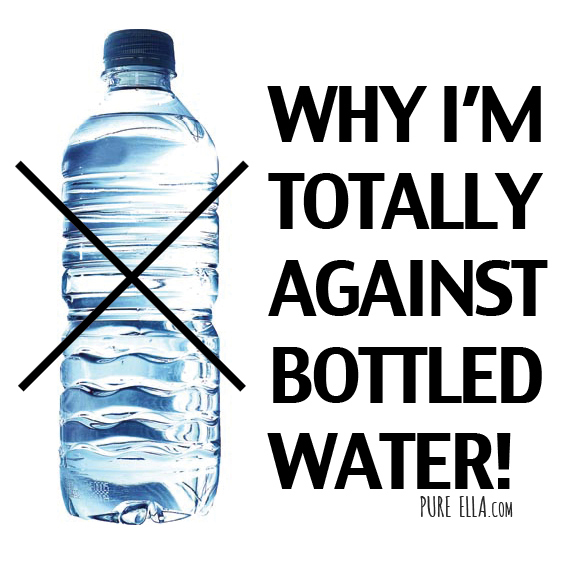
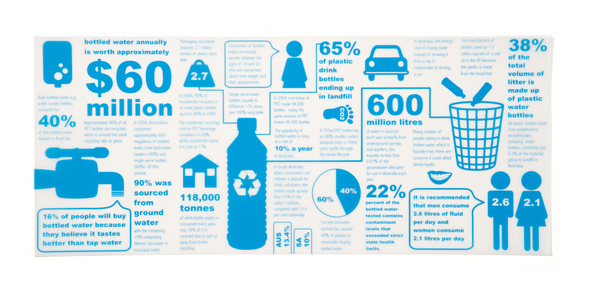

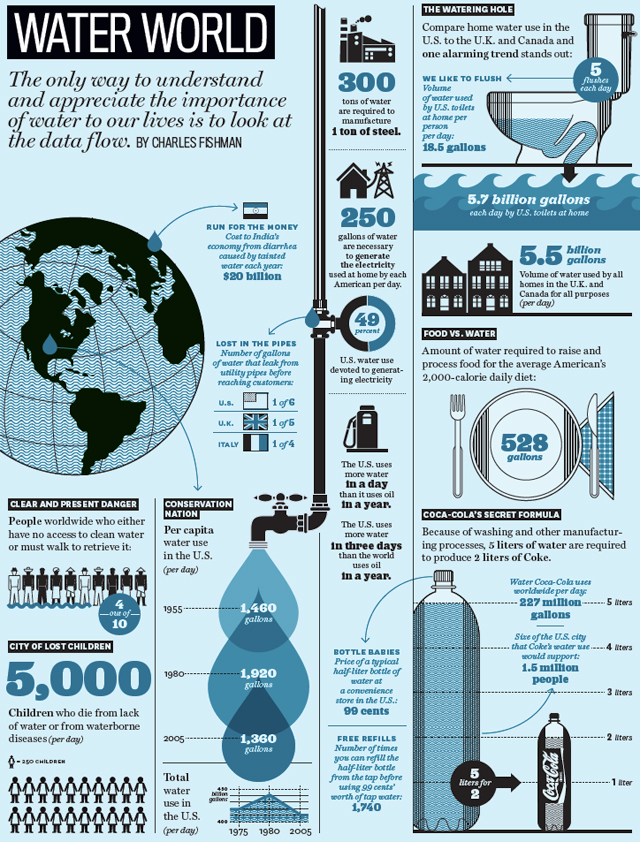
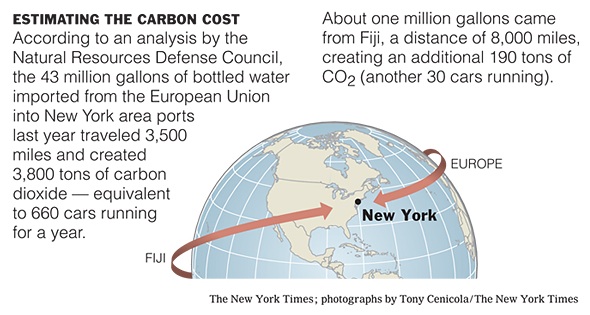

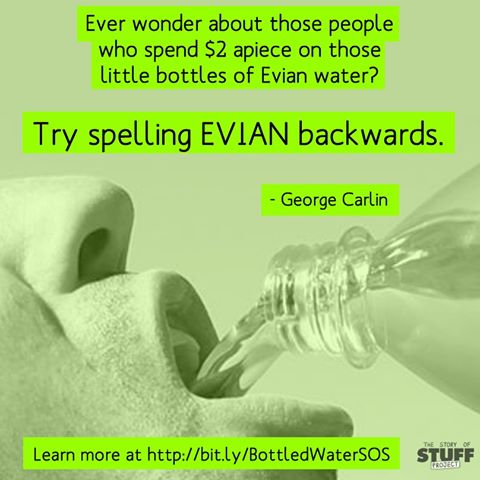
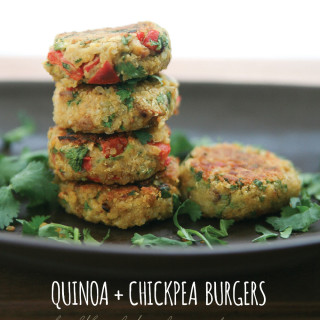





What a great post Ella! I hate bottled water for all the reasons you stated! I will only drink it in an absolute emergency situation (aka I am stranded somewhere where the only option is bottled water and I’m parched).
I can’t quite afford an RO system and I’m not living anywhere permanent so that’s not really an option for me. I use a Santevia water filter/ionizer/alkalizer and I’m super happy with it! I use it for all my cooking/drinking water :)
Thanks for sharing. It’s a huge weight on the environment, as well as our health!
I hate people who drink bottled water!!! What are they, stupid or something? Water is a free resource! Everyone gets it absolutely free. Why would someone want to pay the same amount for something tasteless that everyone gets for pretty much free, that they would pay for something delicious and refreshing that actually has a flavor and is actually worth the price paid. When I go to the store and ask if anyone wants anything to drink and someone says, “get me a water” I say “I’m sure they have a fountain in there, I’m not paying $2 for something that’s free everywhere to everyone.” Bottled water is one of many shining examples of the growing stupidity of humanity.